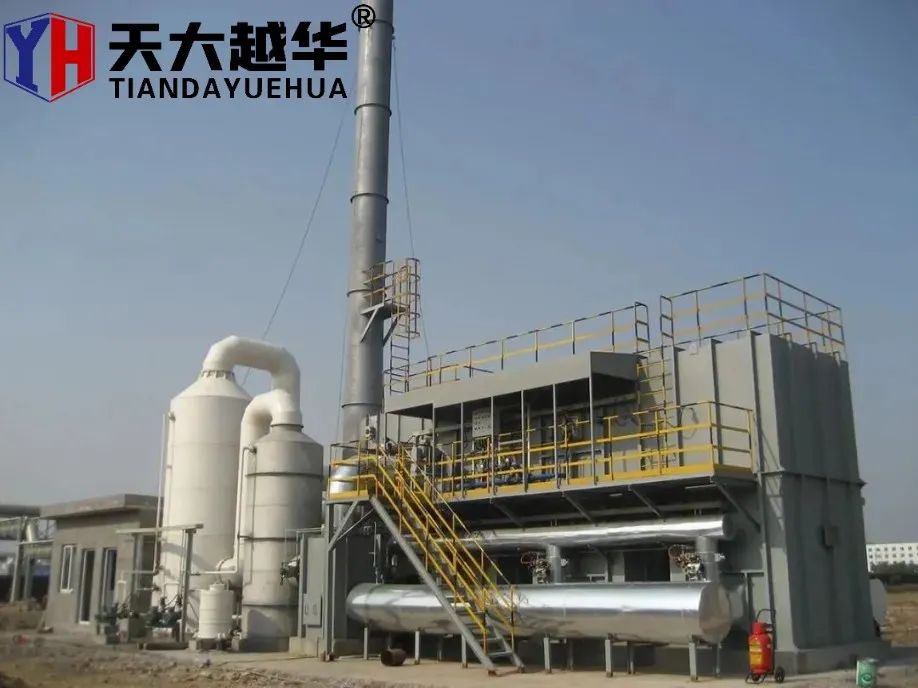Streamlining Pollution Control: The Potential of Remote Operation and Automation in Oxidizer Incinerator RTOs
2024-04-08
In the ever-evolving landscape of industrial operations, efficiency and adaptability are paramount. As environmental regulations tighten and operational demands increase, Oxidizer Incinerator Regenerative Thermal Oxidizers (RTOs) stand as stalwart guardians against air pollution. But can these sophisticated systems be further optimized through remote operation and automation? In this blog, we'll explore the potential of remote operation and automated systems in Oxidizer Incinerator RTOs, unlocking new avenues for streamlined pollution control.
Understanding Remote Operation and Automation
Remote operation involves the control and monitoring of Oxidizer Incinerator RTOs from a centralized location, typically using computerized systems and communication networks. Automation, on the other hand, refers to the integration of sensors, actuators, and control algorithms to automate various aspects of RTO operation, such as startup, shutdown, and optimization of operating parameters.
The Advantages of Remote Operation
1. Enhanced Accessibility: Remote operation allows operators to monitor and control Oxidizer Incinerator RTOs from anywhere with an internet connection, providing greater accessibility and flexibility in managing pollution control systems.
2. Real-Time Monitoring: Remote monitoring systems enable continuous tracking of key performance indicators, such as temperature, pressure, and pollutant concentrations, allowing operators to detect issues and make timely adjustments to optimize RTO performance.
3. Improved Efficiency: By centralizing control and monitoring functions, remote operation eliminates the need for on-site personnel to physically interact with RTOs, reducing downtime and improving operational efficiency.
4. Data Analysis and Reporting: Remote operation systems often include data logging and analysis capabilities, allowing operators to generate comprehensive reports, analyze trends, and identify opportunities for optimization and efficiency improvements.
The Potential of Automation
1. Precise Control: Automated systems can precisely control various aspects of RTO operation, such as combustion temperature, airflow rates, and valve positions, ensuring optimal performance and pollutant removal efficiency.
2. Efficient Startup and Shutdown: Automation streamlines the startup and shutdown procedures of Oxidizer Incinerator RTOs, reducing the time and energy required to transition between operating states and minimizing emissions during transient conditions.
3. Adaptive Operation: Advanced control algorithms can adaptively adjust operating parameters in response to changing process conditions, load demands, and environmental factors, optimizing RTO performance in real time.
4. Fault Detection and Diagnostics: Automated systems can detect abnormal operating conditions and equipment faults, triggering alarms or shutdown procedures to prevent potential safety hazards and minimize downtime for maintenance and repairs.
Implementation Challenges and Considerations
While remote operation and automation offer significant benefits for Oxidizer Incinerator RTOs, several challenges and considerations must be addressed:
- Cybersecurity: Ensuring the security and integrity of remote operation systems is essential to protect against unauthorized access and potential cyber threats.
- Compatibility: Integrating remote operation and automation systems with existing RTO hardware and software may require careful planning and coordination to ensure compatibility and seamless operation.
- Training and Support: Providing adequate training and technical support for operators and maintenance personnel is crucial to maximize the benefits of remote operation and automation while minimizing risks associated with system complexity.
Conclusion
In conclusion, remote operation and automation hold immense potential for optimizing the performance, efficiency, and reliability of Oxidizer Incinerator RTOs. By enabling remote monitoring, control, and automation of key operational functions, industrial facilities can enhance accessibility, efficiency, and environmental compliance while reducing operational costs and minimizing downtime. As technology continues to advance, the integration of remote operation and automation systems into Oxidizer Incinerator RTOs will play an increasingly important role in streamlining pollution control efforts and ensuring sustainable industrial practices for years to come.



